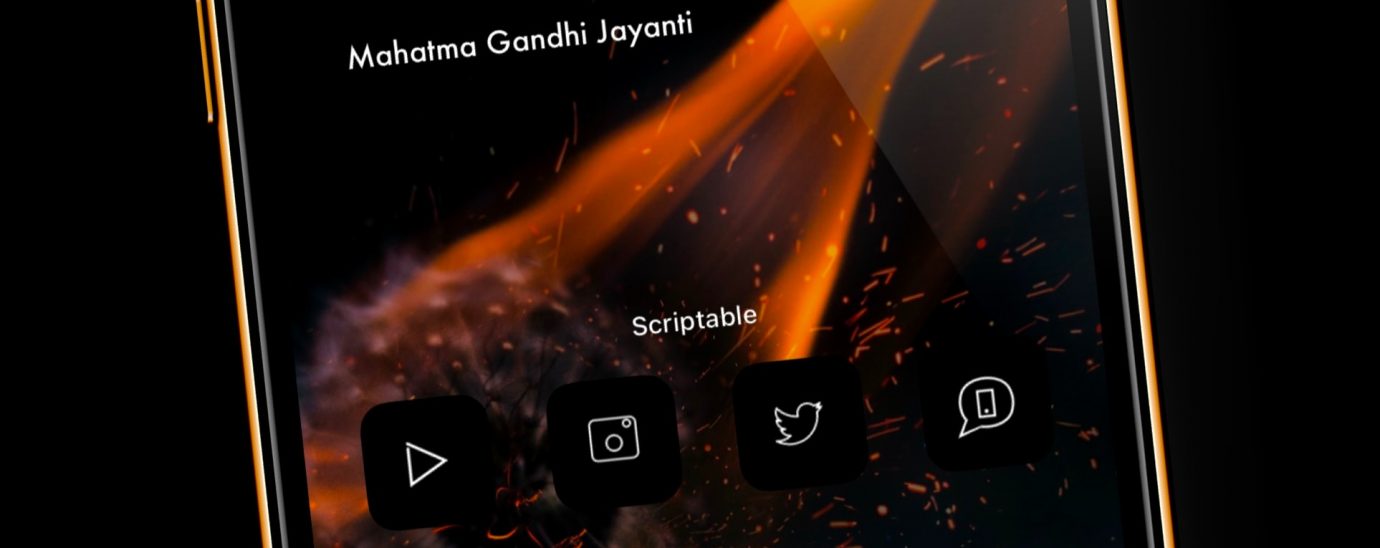The Journey of G

Sutha Siva is the CEO of OV. With years of experience in the IoT and connected device market, Sutha, through his work, has a passion for improving the way we live and work. Whether it’s product development, technology strategy or M&A acquisition integration Sutha brings passion, knowledge, and energy to the future of the IoT industry. His current focus is on taking OV from start-up mode to an established unique offering for customers and partners. Title The unspoken challenge of the 5G rollout Standfirst.
While the 5G rollout symbolizes a move towards the future, there are still millions of IoT equipment relying on 2G and 3G networks today. With networks set to close as soon as 2023 and other providers saying nothing at all, the industry needs clarity. Sutha Siva, CEO of OV, explores why.
The G in 5G.
The G stands for generation, so the latest network, for instance, 5G, is the newest phase in mobile networks. When 2G first emerged in 1991, it powered the transfer of data between devices, and decades on, it is still the connection used for millions of Internet of Things (IoT) devices sharing data between people, objects, and places.
Since the introduction of 4G, and now the much-anticipated rollout of 5G, businesses can access higher speeds and lower latency as well as capacity for more connected devices on one network. These capabilities facilitate the latest technologies and innovations such as smart cities, smart factories, autonomous vehicles, and much more.

Networks are the foundation of any smart technology – without them, equipment wouldn’t work. The technicalities 4G and 5G deliver are accelerating innovations and pushing us closer and closer to the ‘future’ of tech. However, amidst the excitement, it is crucial not to forget that millions of equipment used in the field today rely on 2G and 3G connectivity to operate.
Network evolution
As networks rollout 5G, they must decide on the closure of older networks. Though technically there is space for all networks to co-exist, maintaining historic networks is costly and time-consuming. 5G is in its infancy, and the industry is already talking about 6G – keeping 2G and 3G networks running for much longer is simply unrealistic for many operators. Ultimately, Mobile Network Operators (MNOs) have to do what is best for their business, customers and networks.
The 2G and 3G sunset
The closure of 2G and 3G networks are inevitable – the market knows this. It’s ‘when’ which isn’t clear. This is extremely unsettling for buyers and sellers of IoT equipment that depend on the networks.
Towards the end of last year, the UK Government announced that networks would be closing, however, there was little to no clarity on exact dates. Some MNOs have announced the closures as soon as 2023, and others have revealed nothing.
If you have critical equipment that depends on a 2G network, for example, vehicle trackers, medical monitoring equipment, wearable devices that provide an emergency signal, or even smart meters, the lack of assurance is concerning. What’s more, without clarity, these businesses cannot make informed plans on when to swap out equipment.
The cost of indecisiveness
Unfortunately, switching networks isn’t as simple as switching SIMs. The component welded into a 2G or 3G device is different from that used in 4G and 5G equipment, meaning that when you change network, you must change your equipment too.
You might think, why is the market not just swapping to 4G and 5G equipment now? Well, when you consider that 4G equipment can be up to three times more expensive than 2G equipment, it’s simply not an option for most.
With the dates of closures unclear, it’s difficult to make such costly decisions that may be unnecessary in the future – cutting short the lifespan of your 2G and 3G equipment for no reason. However, if you wait, you risk your equipment suddenly going offline, leaving you without until you purchase newer devices.
So, with the emergence of 4G and 5G, the IoT market finds itself in a stalemate. Buyers are unsure which equipment to purchase: 2G/3G or 4G/5G, and sellers are uncertain which equipment to stock.
The Multi-Network SIM
As the market awaits the much-needed clarity, there is a transitional solution: multi-network SIMs. Today, many pieces of equipment operate with a single-network SIM, meaning that they receive connectivity from one provider. With this setup, if the network shuts down, the equipment will go offline.
Whereas, with a multi-network SIM, you have access to an ecosystem of network providers. If the network the device is connected to closes, it will switch to another, and so on. The equipment will only go offline when there are no live networks available in the area. Installing these SIMs buys the market time to consider their plan and wait for further announcements on closures, extending the lifespan of equipment for as long as possible.
2G and 3G network closures aside, multi-network SIMs also offer improved coverage. This is particularly beneficial in non-stationary equipment, for example, wearable emergency devices. With a single-network SIM, if a device enters a patchy area of coverage, you may lose connection, ultimately putting the user in danger. On the other hand, with a multi-network SIM, the device will automatically change to another network available in the area.
Future-proofing devices
New generations of networks will continue to happen, so there needs to be a long-term solution too. An eSIM and iSIM work similarly to multi-network SIMs, able to connect to multiple providers at once, however, crucially, they remove the reliance on swapping out SIMs when you change network generation.
The eSIM is a component embedded into the equipment that connects to any operator. The iSIM is still in infancy but works similarly, but instead of a component, it uses software.
Giving a voice to the challenge
Technologically, the 5G rollout is exciting, however, it shouldn’t overshadow technology in operation today. What good are the latest innovations if the technology that businesses use today become obsolete in an untimely manner?
The market needs clarity on dates from network providers and governments and installing multi-SIMs into devices will buy that crucial time the market needs to make an informed decision. Only then, can organizations make a clear plan for the future of their IoT devices.